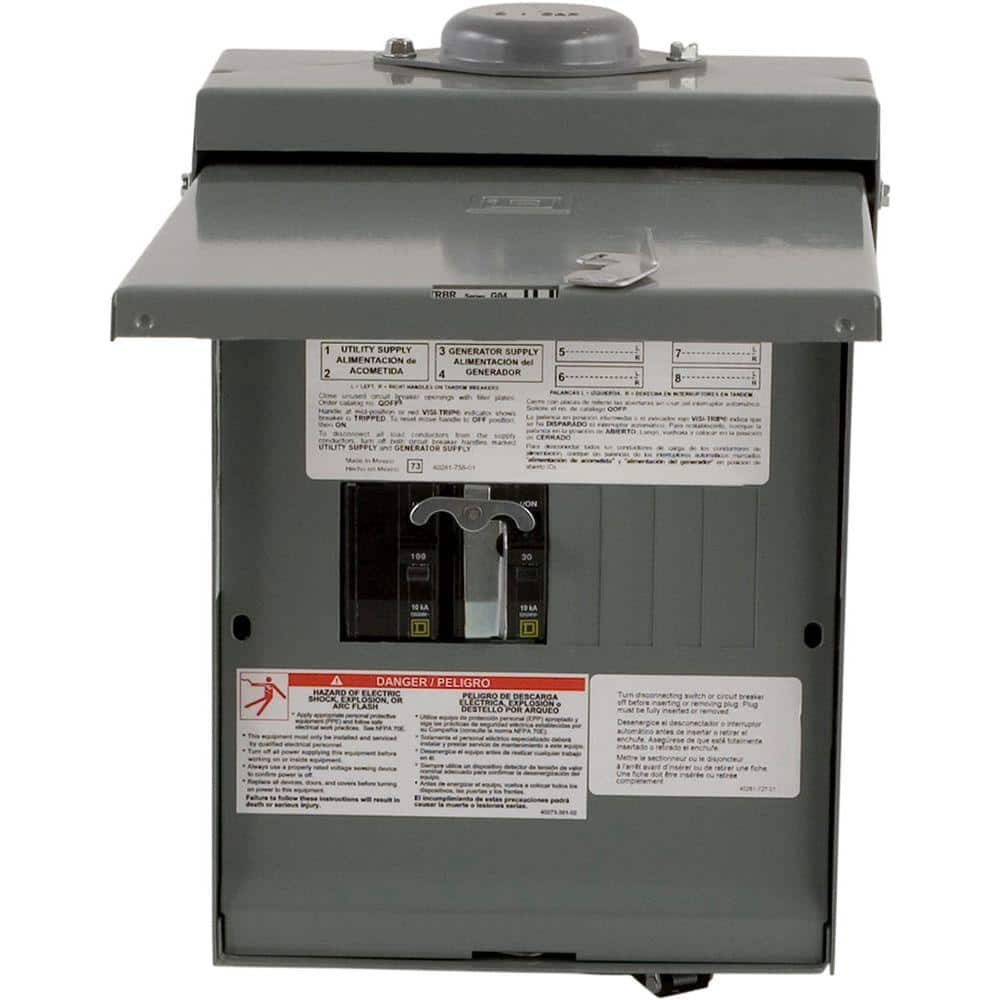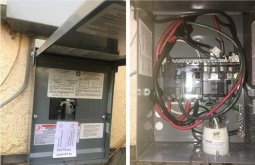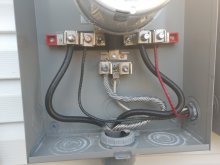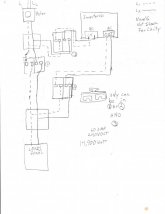jasonhc73
Cat herder, and dog toy tosser.
Pretty light "topographical" drawing here.What are the load ratings of those disconnects? I am having a hard time imagining where the circuit breakers are for those connections? I understand the disconnect does not need to be protected. I was trying to understand the circuit you described. If it works for you then that may be all that matters. I would just use an interlock and two circuit breakers positioned to accomplish the same thing. An interlock also costs about $30. Had you considered an interlock and the simplicity of that solution?
I am also not sure that two conductors are allowed to be attached to the lugs of those disconnects. Is this a code compliant installation?
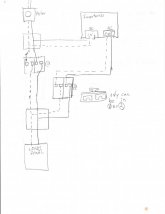
It shows L1 and L2.
The N/G are sent through and not on the drawing for simplicity of the drawing.
PV inputs and DC Battery inputs are not shown for simplicity.
An AC disconnect is a "plug" that is used as a "double jumper". This double jumper connects the lines. As long as only 1 jumper is used (and the other is thrown away). This circuit can never back feed the output of the inverter.
So far, the largest rated AC disconnect I have found is rated for 60 amps, which is 14,400 watts.
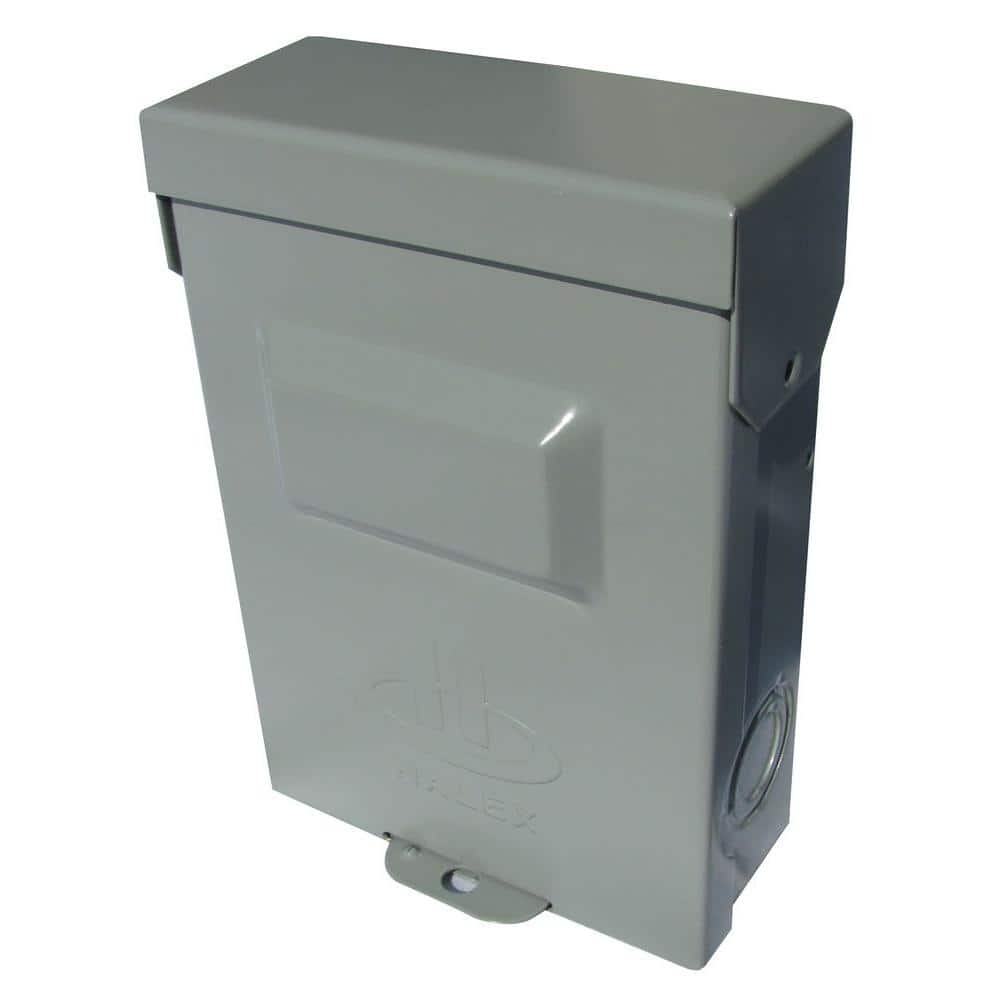
Halex 60 Amp Non-Fusible Metallic AC Disconnect HNF60R - The Home Depot
The Halex 60 Amp 240-Volt Non-Fuse Metallic AC Disconnect is designed to stop the power going to an air conditioning unit to allow for safe working conditions. The disconnect is a non-fuse, puller type
www.homedepot.com
In my case, the largest load I have ever had on my service net-meter shows 11,318 watts. I normally never do more than 4,000 watts, but I can easily do 7,200w just charging my car at 32 amps, but normally I just do 10 amps.
The plan is to have the plug put in position 2 all the time. If in the future an inverter gets replaced, the plug gets moved to position 1 and bypasses the inverters.
Last edited:



